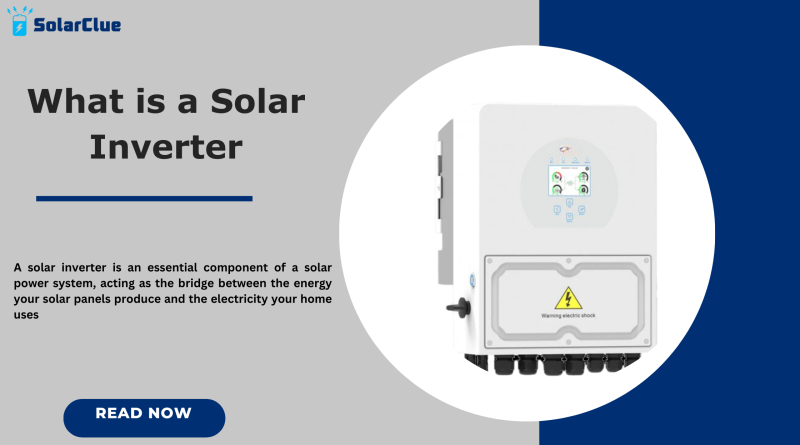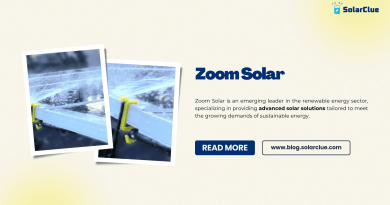What is a Solar Inverter
If you’ve been exploring solar energy, you might have come across the term “solar inverter” and wondered what it actually does. It’s one of those essential pieces of technology that might seem a bit complex at first, but don’t worry—I’m here to break it down for you in simple terms. By the end of this post, you’ll have a clear understanding of what a solar inverter is, how it works, and why it’s so important in solar power systems. Let’s dive right in!
Table of Contents
What is a Solar Inverter?
At its most basic level, a solar inverter is a device that converts the direct current (DC) electricity produced by solar panels into alternating current (AC) electricity. Let me explain what that means in simpler terms:
Solar Panels: These panels collect sunlight and convert it into DC electricity. Think of DC as a one-way street where electricity flows in a single direction.
Inverter: The solar inverter takes that one-way DC electricity and changes it into AC electricity, which is the type of power used in most home appliances and the electrical grid. AC electricity flows back and forth, kind of like a two-way street.
Why Do We Need a Solar Inverter?
The solar inverter plays a crucial role in a solar power system for several reasons:
1.Compatibility with Home Appliances: Most household devices and appliances run on AC electricity. Without an inverter, the DC electricity from the solar panels wouldn’t be usable in your home.
2.Grid Connection: If you’re feeding excess solar energy back into the electrical grid, it has to be in AC form. The inverter ensures that the electricity from your solar panels matches the grid’s requirements.
3.Efficiency and Monitoring: Many solar inverters come with features that help optimize the performance of your solar panels and provide data on how much energy you’re producing and using.
How Does a Solar Inverter Work?
Let’s break down the process of how a solar inverter does its job:
Receiving DC Power: Solar panels produce DC electricity when they’re exposed to sunlight. This DC power flows to the solar inverter.
Conversion Process: Inside the inverter, the DC electricity is processed and converted into AC electricity. This involves a series of electronic switches and components that alter the direction of the electrical flow to create an AC waveform.
Output AC Power: The converted AC electricity is then sent to your home’s electrical system or back to the grid, depending on your setup.
Types of Solar Inverters
Solar inverters come in different types, each with its own features and benefits. Here’s a quick overview:
1.String Inverters: These are the most common type. They’re connected to a series (or “string”) of solar panels. If one panel isn’t working optimally, it can affect the whole string. However, they are generally cost-effective and straightforward.
2.Microinverters: These are installed on each individual solar panel. This means that each panel operates independently, which can maximize efficiency since the performance of one panel doesn’t affect the others.
3.Power Optimizers: Similar to microinverters, power optimizers are attached to each panel. They work with a central inverter to maximize the energy output of each panel but still benefit from the cost savings of using a central inverter.
4.Hybrid Inverters: These are versatile inverters that can handle both solar panels and battery storage. They allow you to store excess energy for use when the sun isn’t shining.


